- Home
- ~ The Way of St. James (Camino de Santiago)
- Santiago de Compostela
A Tour of the Santiago de Compostela Cathedral and its Plazas
Just so you know, all Amazon and Booking.com links on this website are affiliate links. As an Amazon associate and a Booking.com associate, we will earn from qualifying purchases when you click on these links. We sincerely thank-you as this is a reader-supported website.
Join me on a tour of the Santiago de Compostela Cathedral and its four plazas and learn of the three tasks that every pilgrim must do in the cathedral before her pilgrimage is complete.
"To journey without being changed, is to be a nomad. To change without journeying is to be a chameleon. To journey and to be transformed by the journeying is to be a pilgrim." - Mark Nepo
The beauty of Santiago de Compostela is the medieval city. Once completely walled, even now the city boasts its original narrow and circular streets that add to the city's charm, while confusing the first time visitor. The focal point of the city, of course, is the grand cathedral.
The city built around the cathedral to Santiago, or St. James as we know him, is deeply cloaked in legend. For a brief historical synopsis of the legends surrounding this city and how it got its name, please refer to Santiago de Compostela, History and Legends.
For the official website of the cathedral and it's take on their history, plus all other information about visiting it, click here.
I have attempted to capture some of the grandeur and emotion of this place, to where so many pilgrims travel, entering the city by the hundreds on a daily basis. It is hard to describe a place that is mixed with so many expectations, mysteries, pilgrims and tourist trappings, but I will attempt to do so, through my own eyes and heart.
To start you orientation, below is a Google Map of the Cathedral of Santiago de Compostela. Enlarge it, slide the position around, click on the Earth view - just play with the map! It will help you in your orientation immensely, when you arrive.
Goggle Map of Santiago Cathedral
Most pilgrim's final steps of their Camino de Santiago are taken on the Camino Francés or the French Way, just after it passes the Puerta de Azabachería on the north side of the cathedral, then goes through this tunnel gate, shown in the photo below, that leads them into the Obradoiro Square.
There is often a bagpiper in this tunnel, called the Arco de Palacio (Palace Arch), or some other Celtic group to serenade one's entry into the square! The musicians create quite the ambiance for one's final steps to the grand entrance of the Cathedral of Santiago de Compostela!
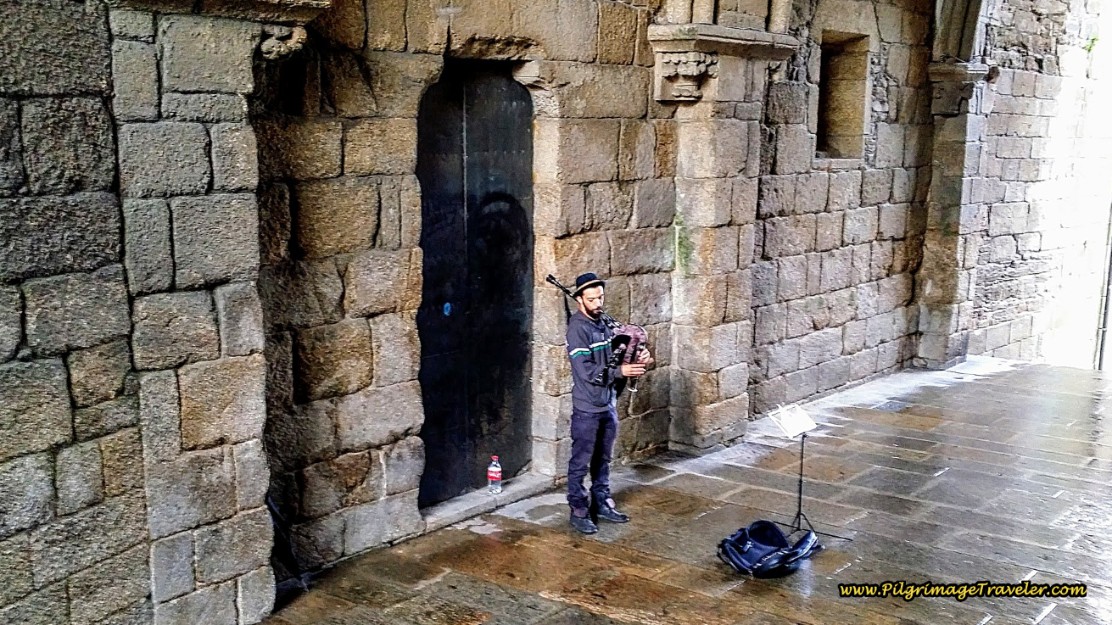 Frequent Bagpiper seen in the Arco de Palacio
Frequent Bagpiper seen in the Arco de PalacioLooking through the Arco de Palacio, one catches their first glimpse of the Obradoiro Square.
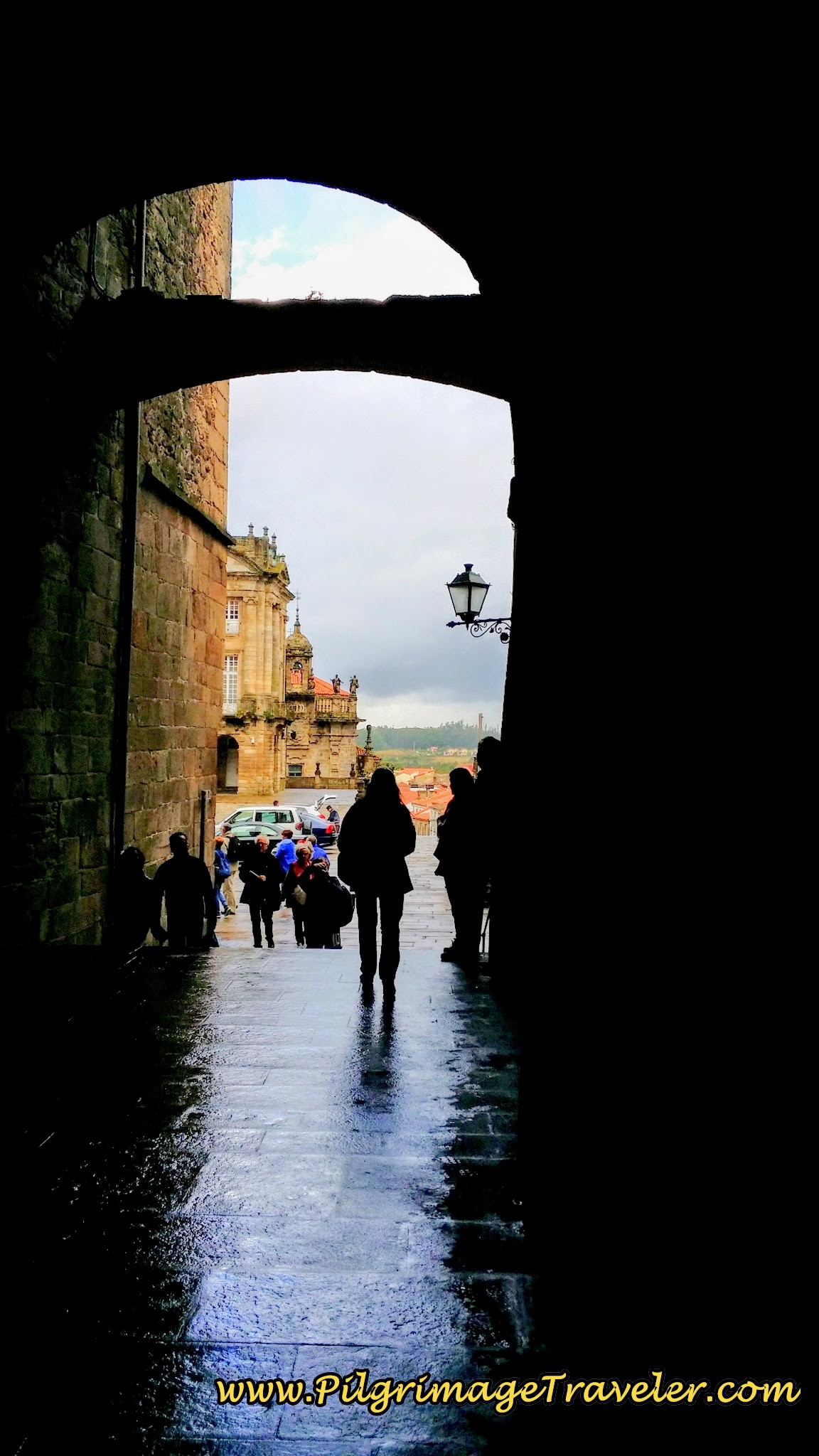 Arco de Palacio, Santiago de Compostela
Arco de Palacio, Santiago de CompostelaBelow is the Obradoiro Square, with the cathedral immediately to your left and the Palacio de Rajoy to the right. This is the square where the cathedral of Santiago de Compostela is most photographed with its western façade of the Obradoiro.
 A Rainy Obradoiro Square
A Rainy Obradoiro SquareThe Palacio de Rajoy frames the Plaza do Obradoiro on the western side. There is always a gathering of tourists and pilgrims in this square, despite the rain on this day! Unless the rain is pouring down, this square is always full of people milling around.
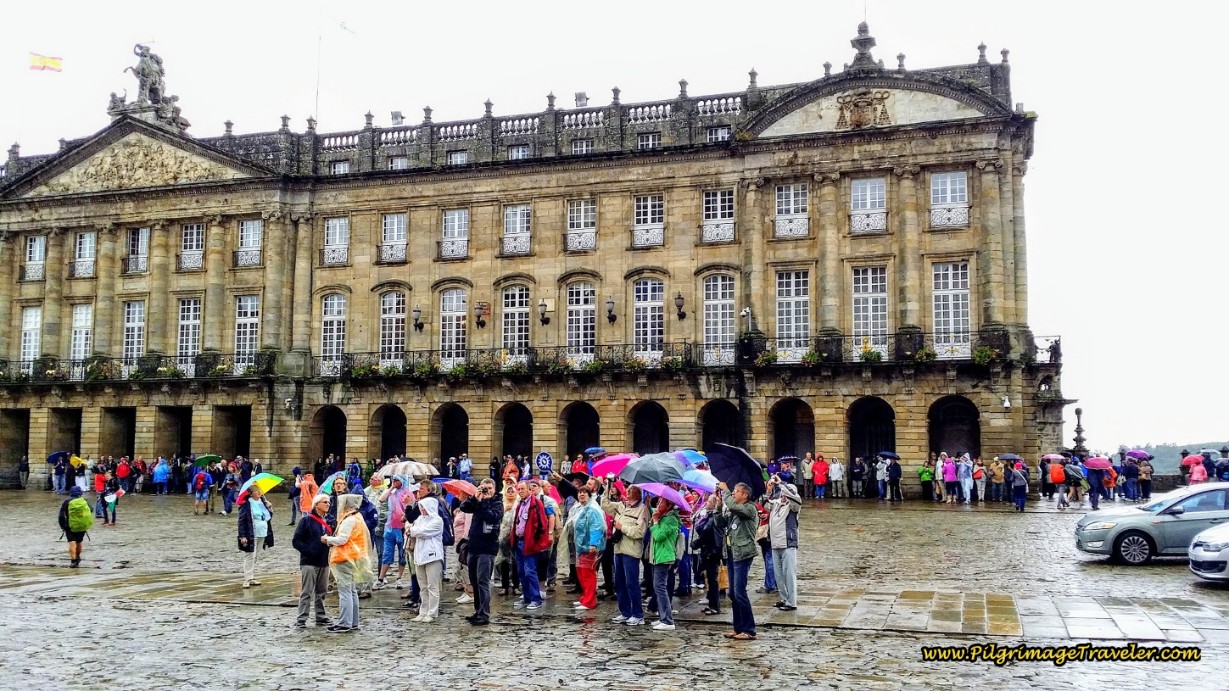 Palacio de Rajoy, West End of Obradoiro Square
Palacio de Rajoy, West End of Obradoiro SquareWhen the sun shines on the square, as in the photo below, pilgrims camp out to gaze on the cathedral for hours! When you lie down and gaze upwards, the soaring height of the cathedral gives you the sensation that it is falling down towards you!
The pleasure, awe and relief on all the faces of the pilgrims is obvious and it's as if they cannot take their eyes off the prize that they have finally won. This is the vision that they have held in their mind's eye for days, weeks and perhaps months on the Camino.
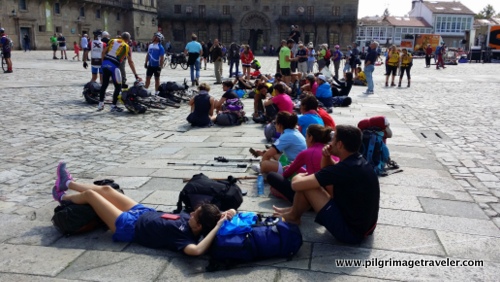 Pilgrims Repose in the Plaza de Obradoiro
Pilgrims Repose in the Plaza de ObradoiroThe object of the pilgrim's gaze in Obradoiro Square is the cathedral, as it towers to your left, framing the square on the eastern side. Despite the cathedral being shrouded in scaffolding in 2014, it was a thrilling sight to behold.
I recall the moment very well, when I gazed upon it for the first time. I seemed to be suspended in a moment in time, neither here nor there. My Camino partner and I gazed on it for some time, not really knowing what we needed to do next as time stood still.
The Cathedral's Western Façade
On my second visit to Santiago de Compostela in 2015, one of the towers had the scaffolding removed. You can see how bright and white the tower on the left looks, in comparison to the middle section. The lichen and plants growing out of the stone makes quite a difference! You can really see it, even in this picture at dusk!
The mural from a photo of the tower on the right was also now removed and only the scaffolding remains. I was hoping at the time, that maybe the removal of the scaffolding was not far behind? The main entrance to the cathedral from Obradoiro Square was also now closed to the public in 2015.
And here is how the cathedral looked on my third visit in 2017. You can see the progression of the restoration. No more nice mural panels, just ugly blue wrap.
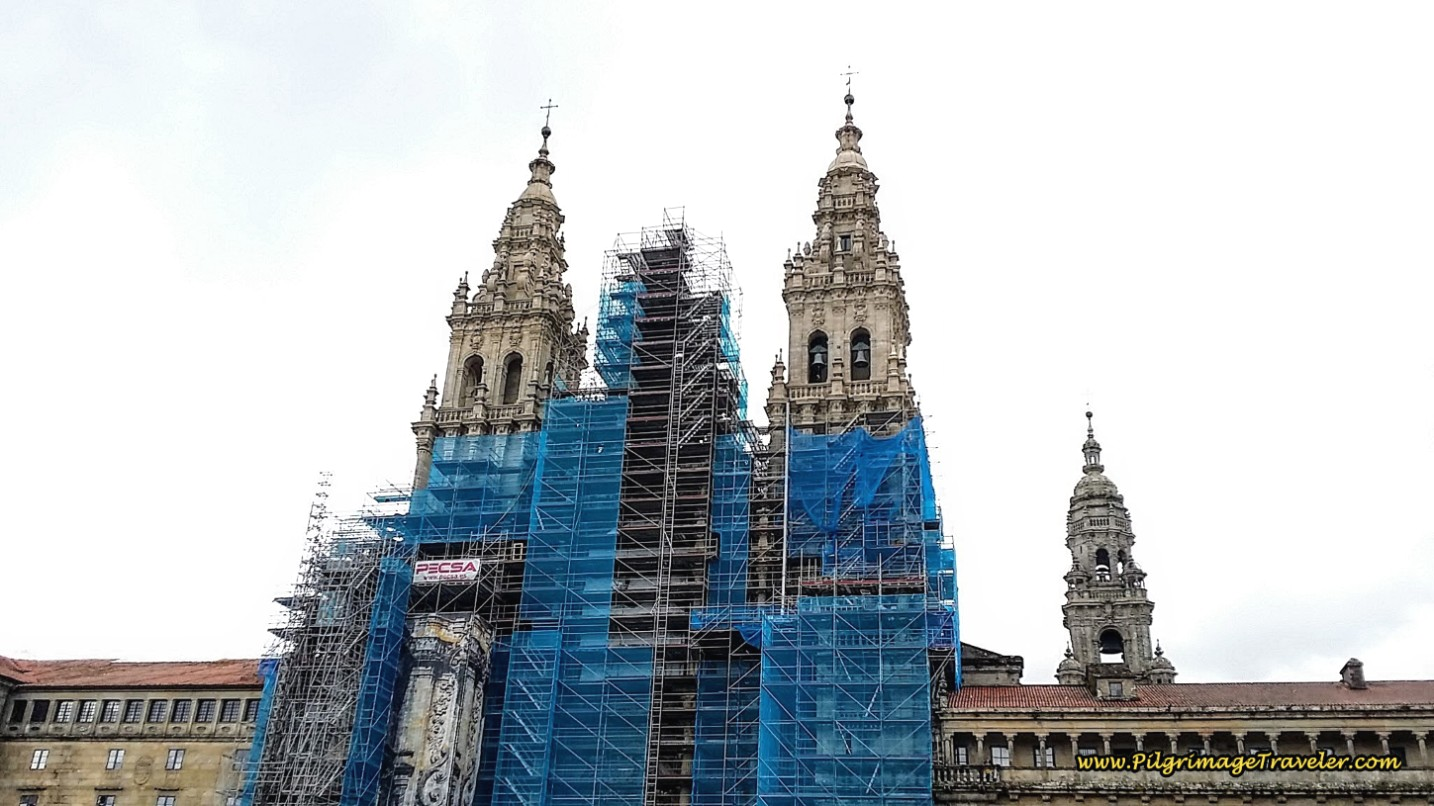 Western Façade, 2017
Western Façade, 2017But, alas the full external restoration was not complete until 2018. Here we are in the fall of that year, basking in the new-found glory of the fully restored Cathedral of Santiago de Compostela.
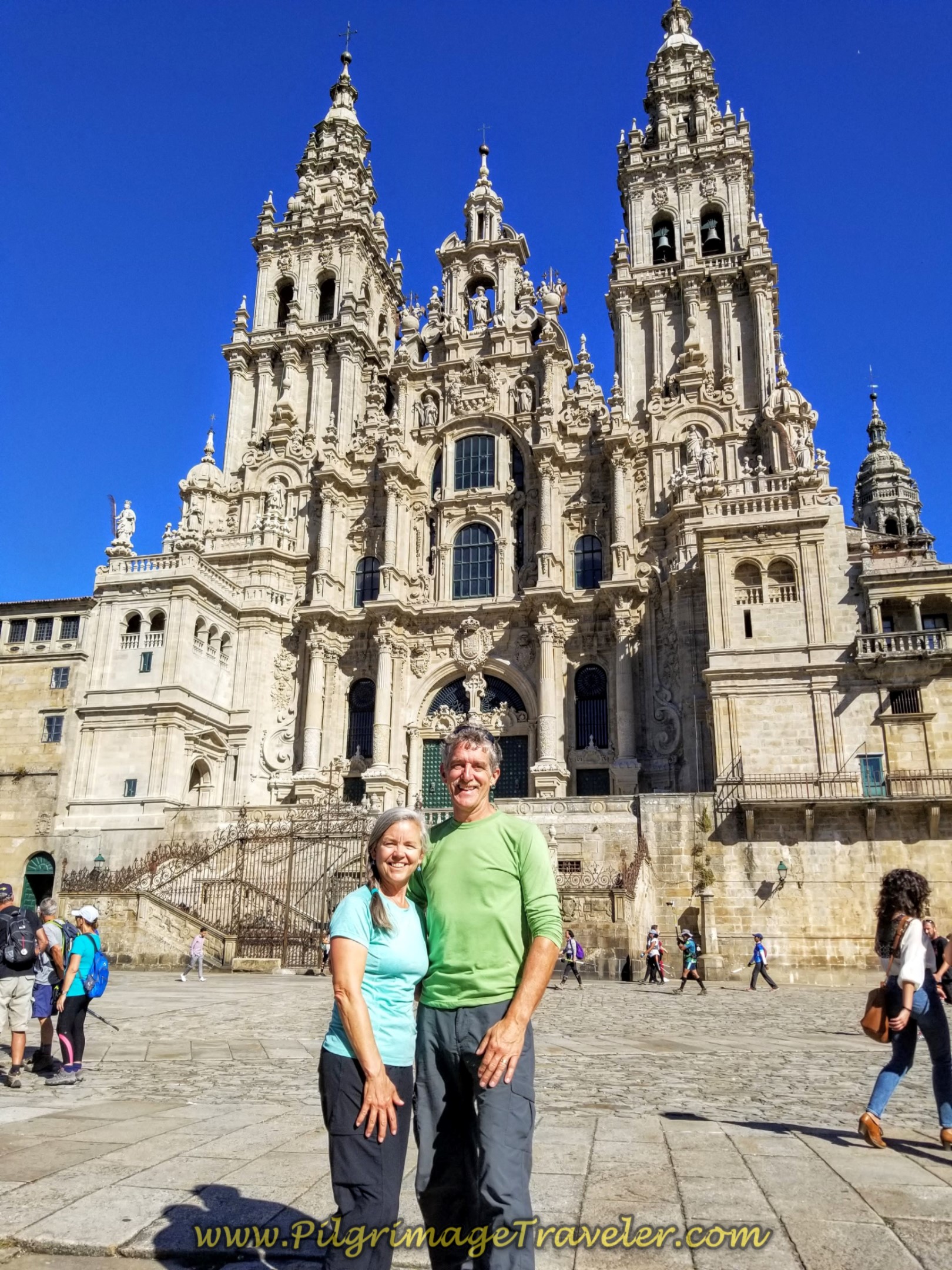 Rich and Elle at the Cathedral of Santiago de Compostela
Rich and Elle at the Cathedral of Santiago de CompostelaFlooded with sunlight, I took a photo of the restored central niche, with St. James once again in the guise of a pilgrim.
The grand staircase to the cathedral, a diamond-shaped Renaissance-style entryway, shown below as it was in 2014, catches your eye as the way into the grand cathedral. One could enter from this stairway in 2014, but not since.
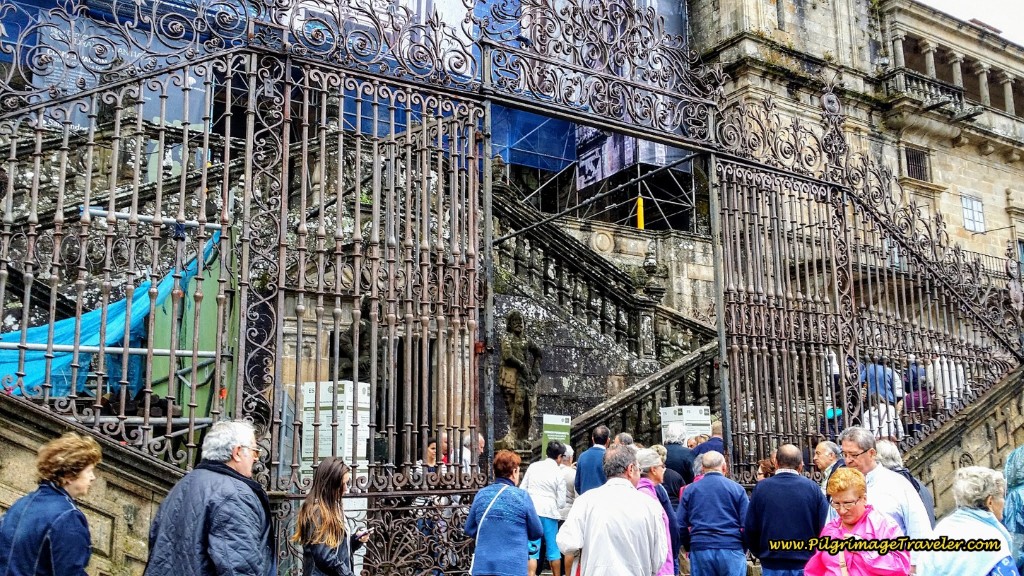 Renaissance Stairway to the Cathedral
Renaissance Stairway to the CathedralUp these grand stairs toward the Romanesque Pórtico da Gloria, my eye wandered ever upward. In 2014, I wished the main towers were not in scaffolding, but I breathed, excepted the situation and knew I would be back one day to see it complete.
On another, more sunny day in 2014, I captured the grand Palacio Rajoy from the top of the cathedral's grand stairway:
Statues of Santiago in his pilgrim garb can be found everywhere in Santiago de Compostela. Here is the close-up of him, atop the Palacio Rajoy, depicted this time as a Moor slayer. While the attempted Moorish occupation of Galacia was many centuries after the death of St. James, somehow he always showed up in battle to save the day!
While I am not by any means a violence-lover, I do love this depiction of Santiago on top of his horse, at least in the metaphorical sense, as he beats the "enemy" back.
The Pilgrim's Three Tasks Upon Entering the Cathedral in Santiago de Compostela
A pilgrimage to Santiago is not complete until the pilgrim performs three traditional tasks.
When I entered into the Pórtico da Gloria, for the first time in 2014, I was able to immediately see the famous central vertical column. (The portico can no longer be approached without purchasing a ticket into a special, museum entrance, see farther below for more of an explanation!) It is the column that bears the indentations of the fingers of thousands of pilgrims over the centuries, whom upon entering the cathedral, placed their hand on this column to express gratitude and accept the blessing of being there.
It is the first task of the pilgrim, upon ending her pilgrimage, to touch this column (this is also no longer possible). I was sorely disappointed on my first arrival here when I discovered that due to the restoration work on the cathedral of Santiago de Compostela, this column was blocked off. All I could do was take this photo. Again, this was in 2014.
While my photo is dark because of the scaffolding above that cloaked the column during construction, if you look very carefully, you will see five depressions from the fingers of the right hand, toward the bottom of the column. This is where hundreds of thousands of pilgrims have touched the column over the millennia.
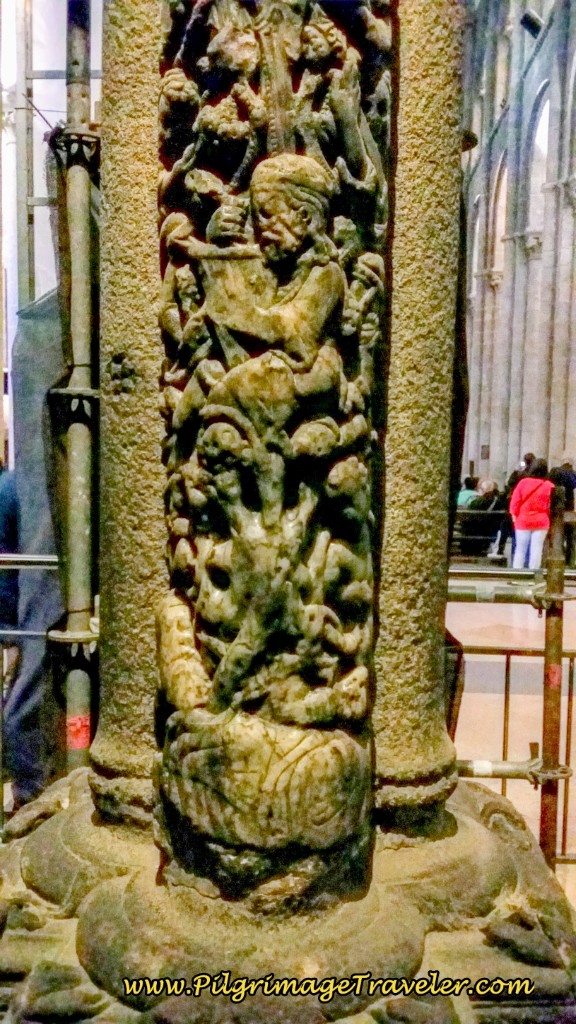 Handprint on the Central Mullion of the Portico da Gloria
Handprint on the Central Mullion of the Portico da GloriaAtop the mullion, of course, sits Santiago with his pilgrim's staff in his hand, though not easily seen in the photo below:
 Santiago Sits Atop the Mullion
Santiago Sits Atop the MullionUnfortunately, in 2015 and in 2017 when I visited the cathedral of Santiago de Compostela, the entire Pórtico da Gloria was inaccessible due to the renovation! What a disappointment!
As of 2018, when the Pórtico da Gloria reopened to the public, after the restoration you must now purchase tickets to see it. It is possible to combine the entrance tickets to also include the cathedral museums. Click here for more information.
And sadly, during the tour of the famous entryway, you cannot touch anything, and they don't even point out the handprint. The officials clearly do not want any attention brought to this area, for fear of further destruction. Not like in the movie, "The Way!"
Even though you can no longer touch the famous column, you can tour the Pórtico da Gloria, marvel in its creation, metaphorically touch it and dream!
The Pilgrim's Second Task in the Cathedral
As you enter the central nave, the high altar comes into focus, a gilded wonder. The gilded effigy of St. James, in the middle is surrounded by golden angels, white horses and all manner of columns, scroll work and embellishments.
You can also see the silver botafumeiro (incense burner) to the upper right of St. James head.
Walking even closer, one can only stare in wonder. As is the custom for the pilgrim, after she places her hand in the column, (metaphorically) is to approach the altar of St. James, shown in close-up in the photo below. One cannot get close, as the high altar is cordoned off from the public. This is the best shot I could get with my cell phone.
Behind the altar of St. James, head towards the left side to queue in a line delineated with ropes. From the rear of the altar, accessed by a stairway you can climb up and embrace the Saint. Embracing Santiago is the pilgrim's second task.
As the pilgrim climbs up the stairs, behind the altar, the vision below is the backside of the Saint, which the pilgrim embraces. When I took this photo, I was scolded by a Spanish pilgrim who told me that photos of Santiago were not allowed! I suppose I am being irreverent by posting this photo, but I wanted to portray a more tangible experience of it all!
Third Task of the Pilgrim Upon Entering the Cathedral
The pilgrim's tour of the cathedral of Santiago de Compostela is not finished until she makes the final steps down below the altar, immediately under the effigy of St. James to view his tomb. In this small silver box is said to lie the bones of the St. James.
After viewing the tomb and perhaps praying on the kneeling bench there, the pilgrim's tasks are done.
A Brief Interior Tour
Then, the rest of the cathedral of Santiago de Compostela can be toured. This is the cross nave, below, with the large doors called the Puerta de Azabachería, which accesses the cathedral from the north side. It is through this cross nave that the botafumeiro is swung.
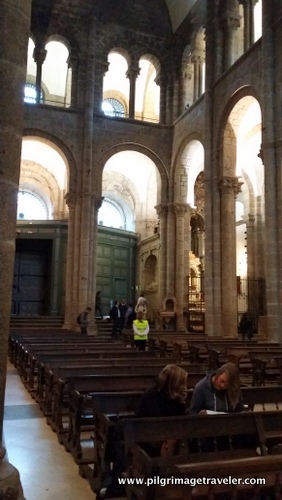 Puerta de Azabachería and the Cross Nave
Puerta de Azabachería and the Cross NaveThere are many, many side altars surrounding the main naves of the cathedral, each and every one notable. The one below, while I have no information, looked to be extremely old. So simple, yet I thought this one to be the most beautiful .
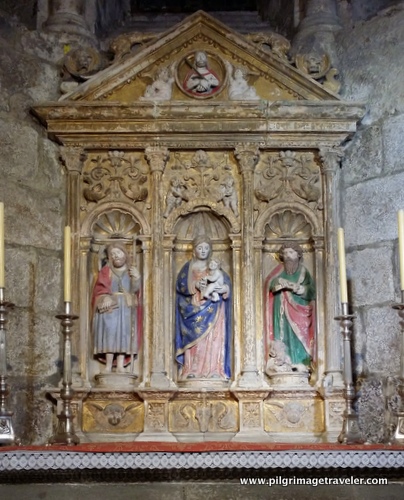 Old Wooden Side Altar
Old Wooden Side AltarHere is one of the more ornate side altars:
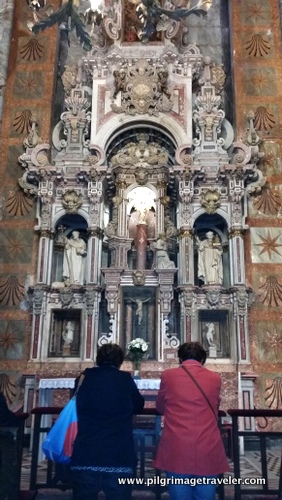 Ornate Side Altar
Ornate Side AltarAdditional Plazas of the Cathedral of Santiago de Compostela
Surrounding the Cathedral of Santiago de Compostela, are four distinct plazas on the north, south, east and west. From each of these plazas, you can access the cathedral from the four points of the Latin cross. All medieval cathedrals are in the shape of the cross and when you get the orientation of the cathedral and its squares, it becomes easier to navigate the vastness of it!
I have already introduced you to the most famous plaza on the western side, where all pilgrimages to Santiago end, the Plaza de Obradoiro. Now let me introduce you to the remaining three.
The Puerta Santa and the Plaza de la Quintana
The famous cathedral clock tower can be seen prominently from the Plaza de la Quintana to the east, and the Plaza de Platerías (see below) from the south.
From many places in Santiago de Compostela, one can see the prominent clock tower, looming above the city. It certainly helped me keep my bearings as I navigated through it.
The photo, below, is also of the Plaza de la Quintana. From this plaza, you can see the "Holy Door" or the Puerta Santa, to the far right, which is only opened in Holy Years. I was not there in a holy year, and have heard that the city is absolutely packed on those years. A Holy Year is when St. James Day (July 25th) falls on a Sunday. Due to the pandemic, both 2021 and additionally, 2022 are Holy Years.
The Plaza de la Quintana is a bustling hub of activity, and on a sunny day many street acts can be seen.
Here is the Puerta Santa, closer-up. Above the Puerta Santa, you can gaze up at Santiago, in his pilgrim's guise and staff, who lords over the entryway. I was enthralled by his image, as a pilgrim, seen everywhere around the cathedral.
Below is a photo of the Puerta Santa from inside the cathedral. It depicts the life of St. James. When I took this photo, many years ago, I did not realize what it was. I was only attracted to this wonderful old wood carving, and realized immediately that it showed the life of St. James, including his beheading, and arrival by boat on the shores near Santiago de Compostela.
Plaza de Platerías
The Southern aspect of the cathedral opens to the Plaza de Platerías. Attendees of mass use this entrance to enter and exit through the cross nave and the Puerta de Platerías (Silversmith's Door).
The close-up below, of the Puerta de Platarías, shows the only remaining Romanesque façade from the 11th century, and is the south portal to the cathedral.
The opposite side of the plaza, looking from the cathedral steps toward the fountain of horses. These lovely old buildings frame the square.
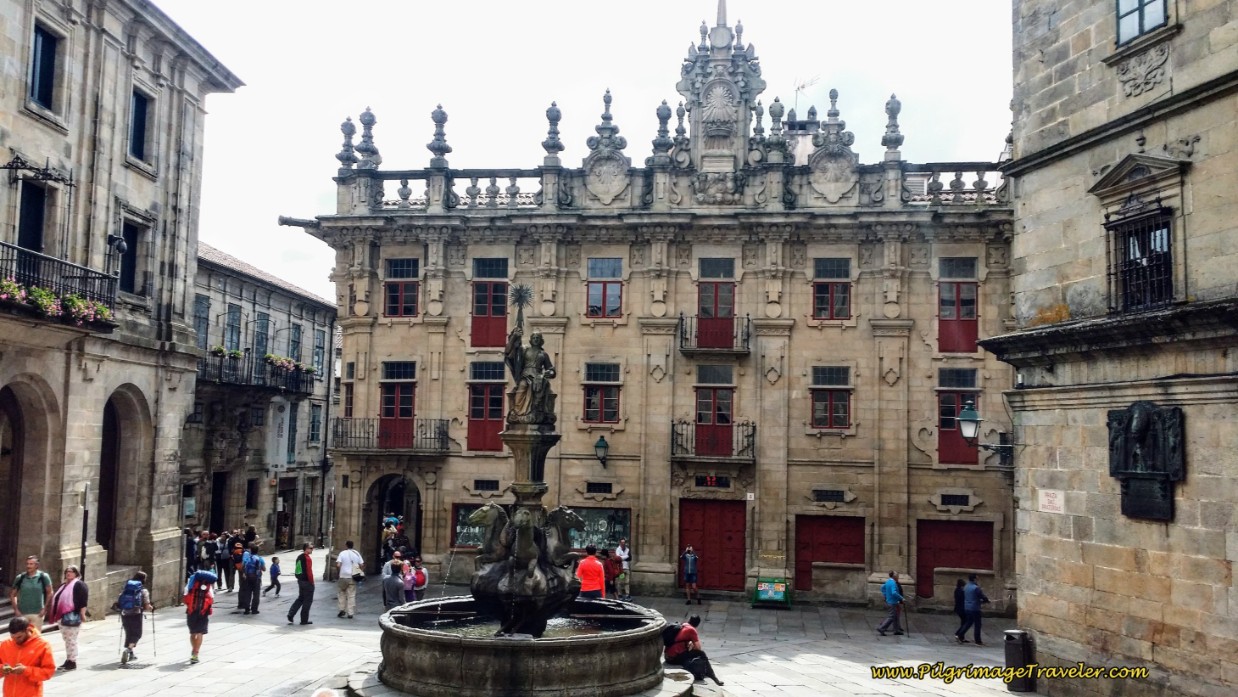 Plaza de Platerías View from the Cathedral Steps
Plaza de Platerías View from the Cathedral StepsPlaza de la Inmaculada
On the northern side of the cathedral is the Inmaculada Square and the Puerta de Azabachería. This is the door that I personally entered into the cathedral for the first time. Within this plaza lies the final steps of the French Way, the English Way and the Northern Ways of St. James.
Immediately opposite the cathedral in this square is the Hospedería San Martín Pinario, an old monastery established in the 10th century where the monks were charged with monitoring the worship of St. James' relics and later became a university. It was in this monastery, where all the money flowing in from the pilgrims to Santiago, was given in alms to the poor.
Also known as the Seminario Mayor, or Major Seminary, it now houses a hostel/hotel and a museum. I have stayed several times in this hotel (a separate, huge section that used to house the monks) and it was quite inexpensive and very convenient next to the cathedral. Click here to see more of this wonderful place to stay. (You must call or email ahead for the pilgrim accommodations/rates, at (+34) 981 560 282 or reservas@sanmartinpinario.eu and not book online. If you want the full hotel treatment for a splurge, go ahead and get the best rates online through the link I provided).
 Garden View of the Seminario Mayor
Garden View of the Seminario MayorFor other accommodation possibilities in Santiago, click here.
I hope you have enjoyed your tour of the Cathedral of Santiago de Compostela and its plazas via your armchair! It is my wish that you two could take a personal pilgrimage to this most sacred site. My words and photos cannot do justice to your own personal experience of the this place!
Godspeed and Buen Camino to Santiago de Compostela!
More Articles on Santiago and the Camino:
Please Consider Showing Your Support
Many readers contact me, Elle, to thank me for all the time and care that I have spent creating this informative website. If you have been truly blessed by my efforts, have not purchased an eBook, yet wish to contribute, I am very grateful. Thank-you!
Search This Website:
Follow Me on Pinterest:
Follow Me on Instagram:
Find the Pilgrimage Traveler on Facebook:
Like / Share this page on Facebook:
***All Banners, Amazon and Booking.com links on this website are affiliate links. As an Amazon associate and a Booking.com associate, the Pilgrimage Traveler website will earn from qualifying purchases when you click on these links. We sincerely thank-you as this is a pilgrim-supported website***
PS: Our guide books are of our own creation and we appreciate your purchase of those too!!
Shroud Yourself in Mystery, along the Via de Francesco!
Walk in the Footsteps of St. Francis, and Connect Deeply to the Saint and to Nature in the Marvelous Italian Countryside!
Recent Articles
-
Day Twenty-Two A on the Coastal Route of the Camino Portugués, Vigo
Feb 24, 24 07:43 AM
Day twenty-two, Part A on the Coastal Route of the Camino Portugués, is a very short stage, using the high, flat and easy plateau trail system, called the Senda da Auga. -
Day Twenty-One on the Senda Litoral of the Camino Portugues
Feb 13, 24 04:22 PM
Our day twenty-one on the Senda Litoral of the Camino Portugués was a fabulous walk along the sea, passing beach after beach! -
Day Twenty on the Senda Litoral of the Camino Portugués
Feb 06, 24 03:56 PM
Day twenty on the Senda Litoral of the Camino Portugués, shares the beginning 7.6 kilometers with the Coastal Route.
Need suggestions on what to pack for your next pilgrimage? Click Here or on the photo below!
Carbon fiber construction ( not aluminum) in a trekking pole makes them ultra lightweight. We like the Z-Pole style from Black Diamond so we can hide our poles in our pack from potential thievesbefore getting to our albergue! There are many to choose from! ( See more of our gear recommendations! )
Gregory BackPack - My Favorite Brand
Do not forget your quick-dry microfiber towel!
Booking.com
My absolute favorite book on how to be a pilgrim:
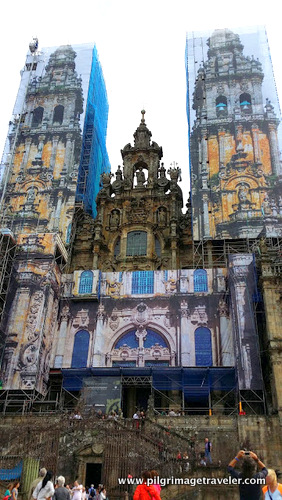
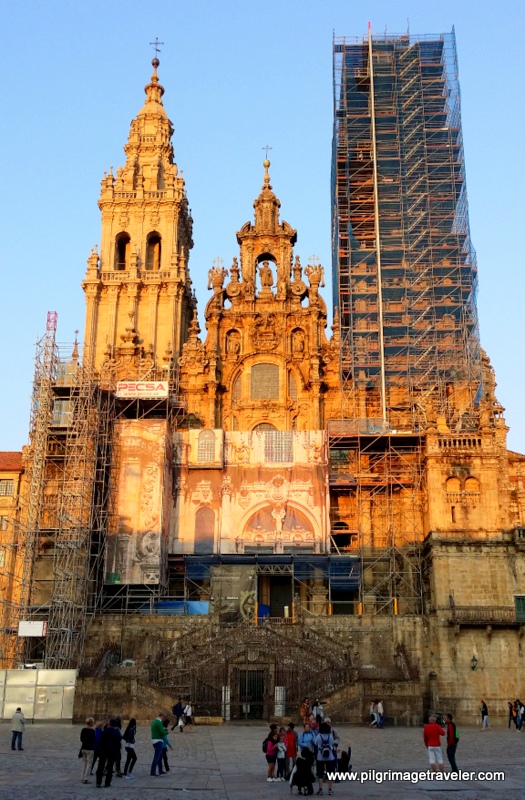
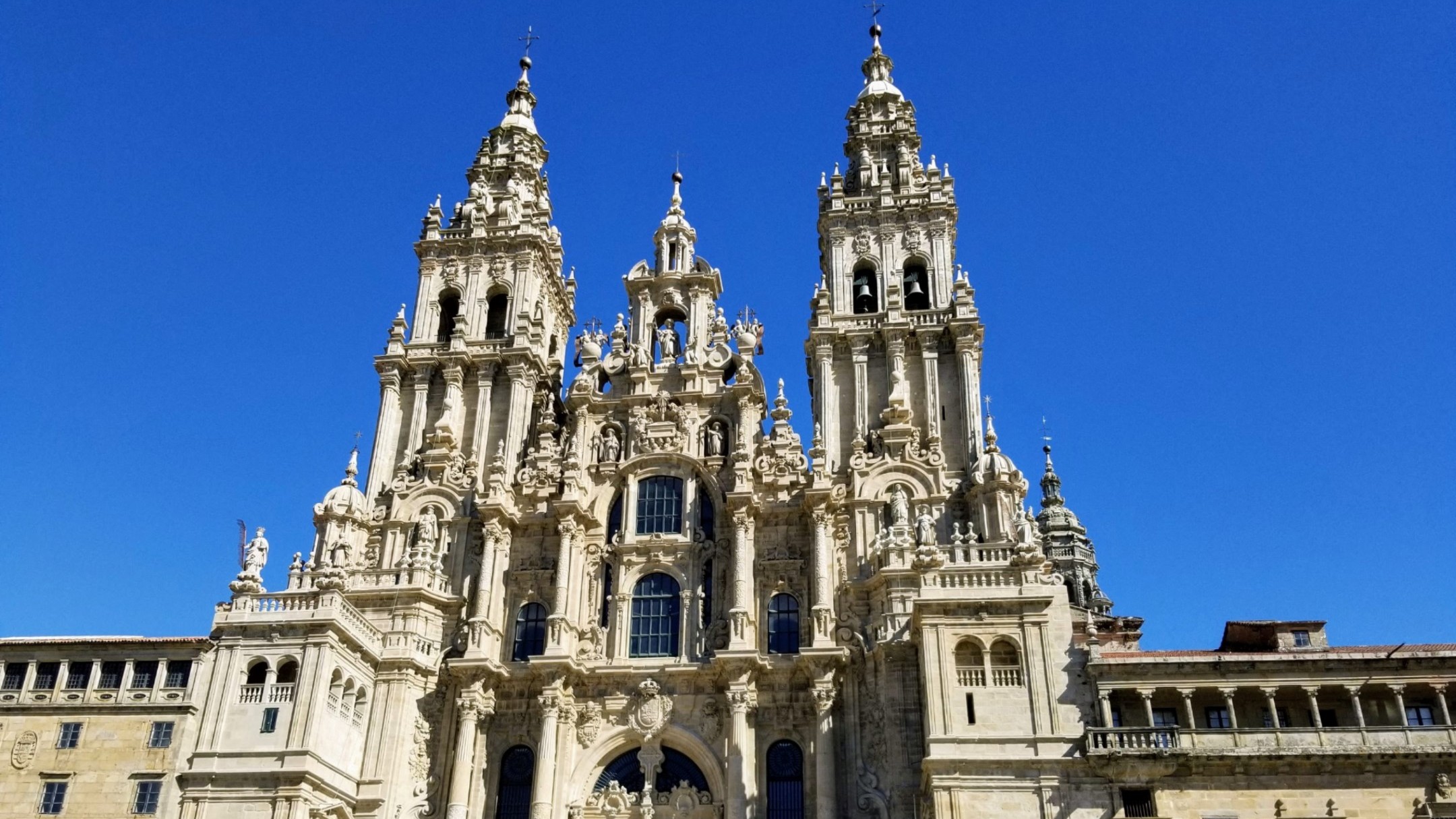
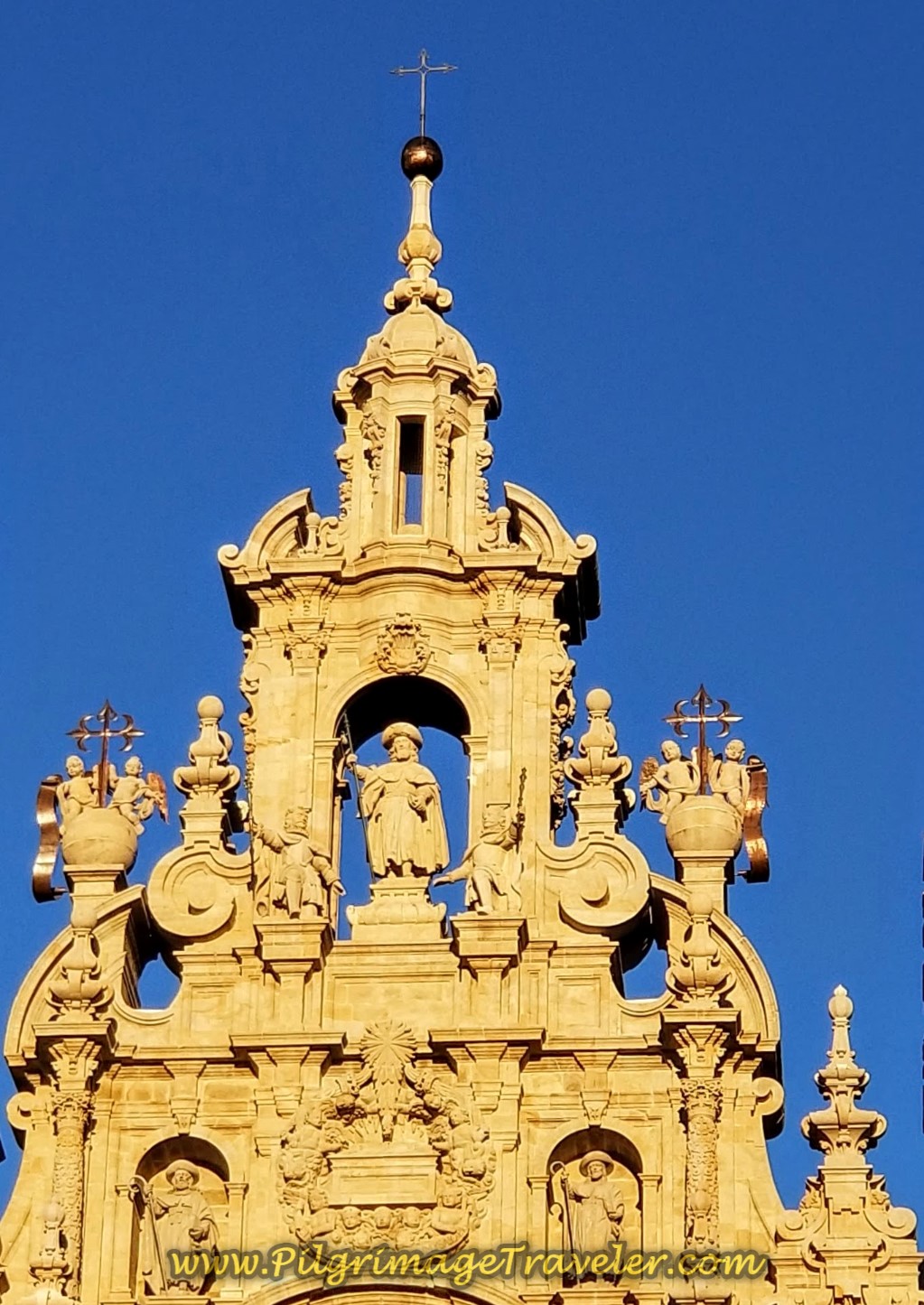
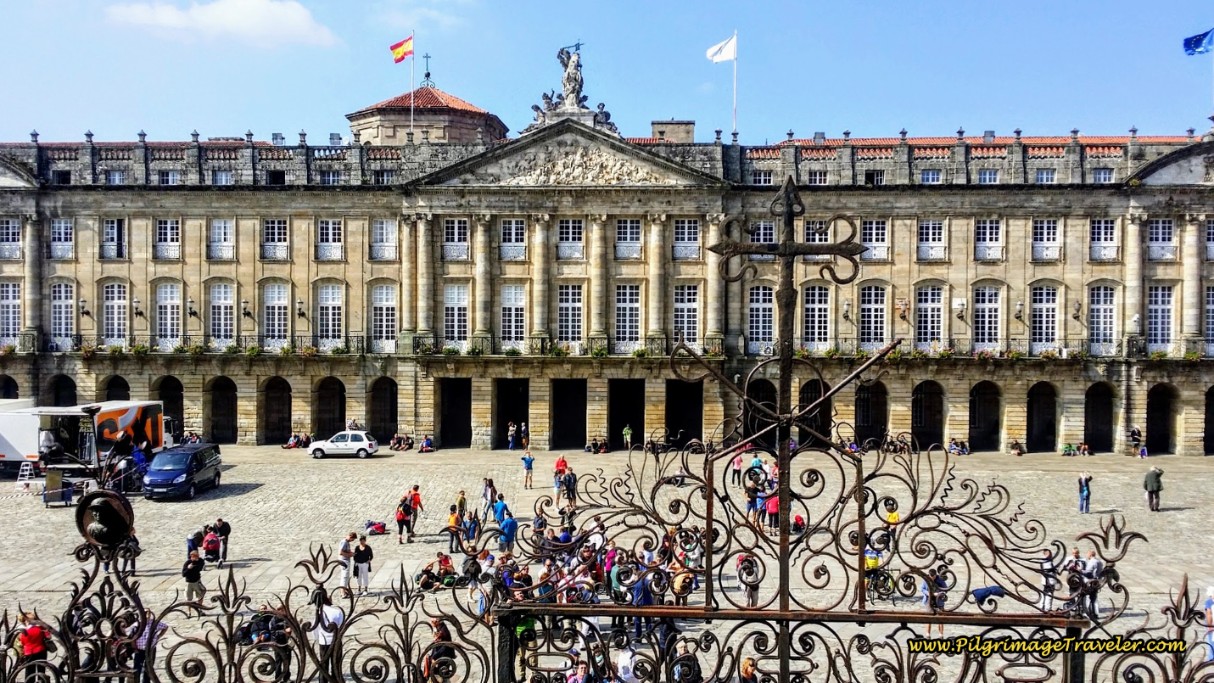
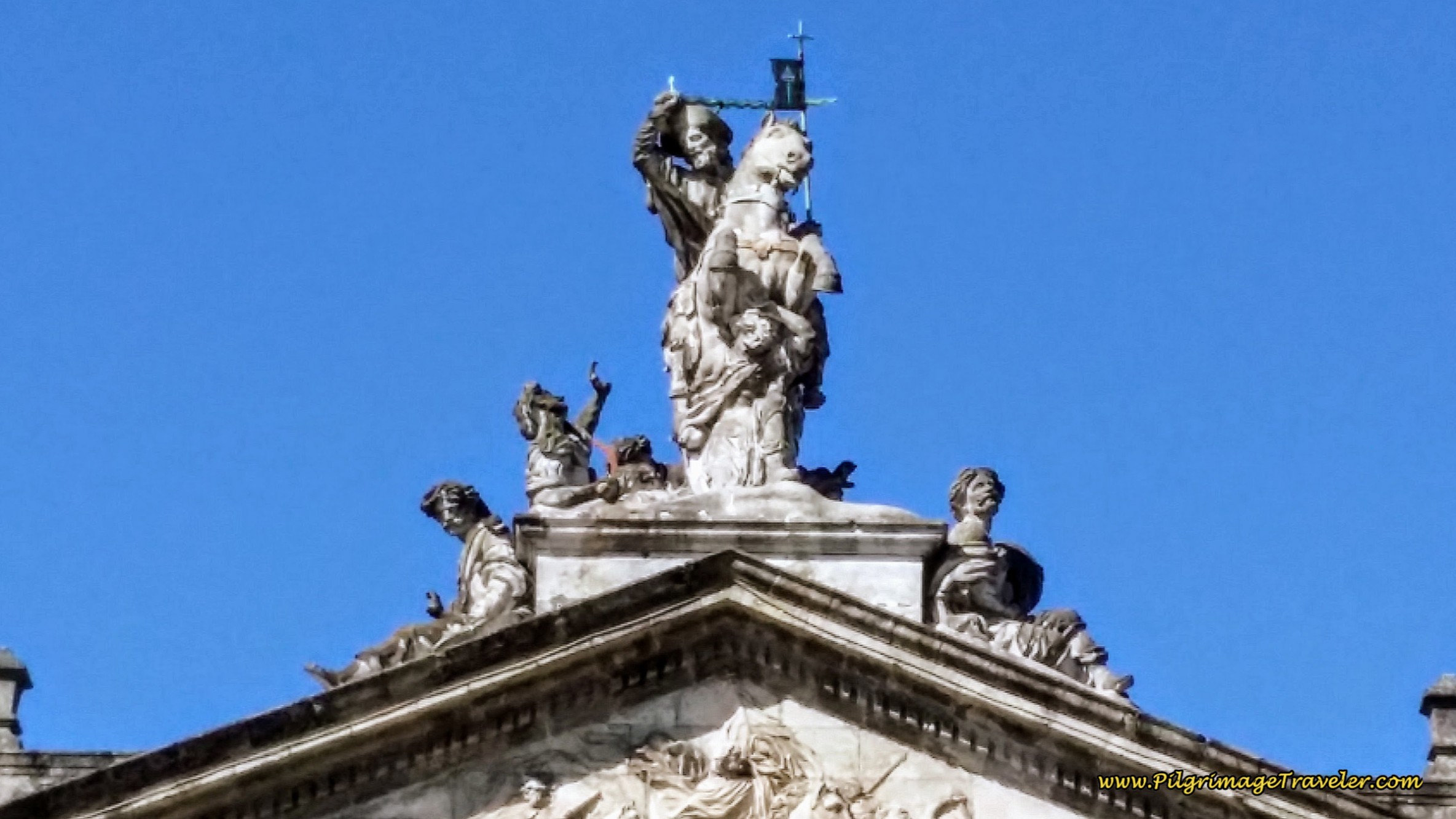
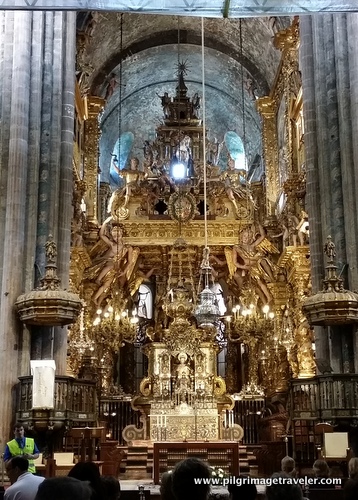
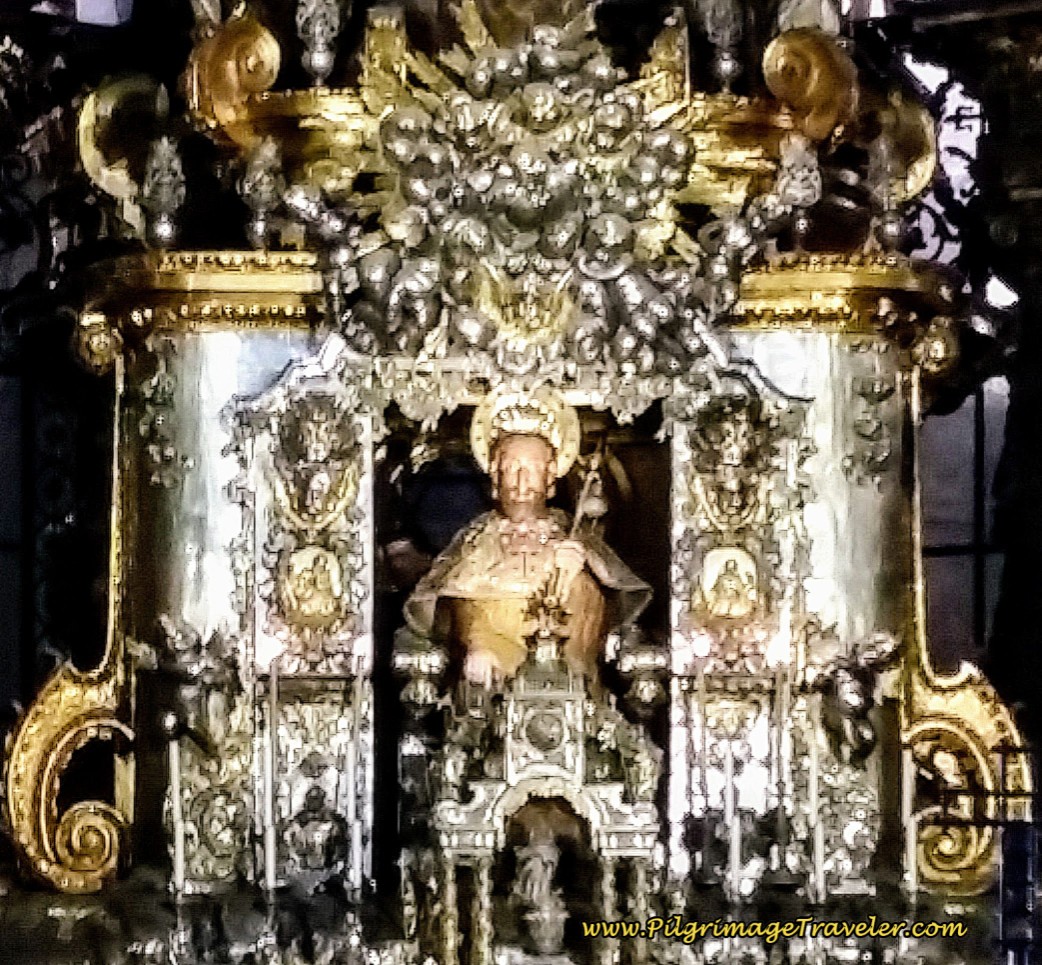
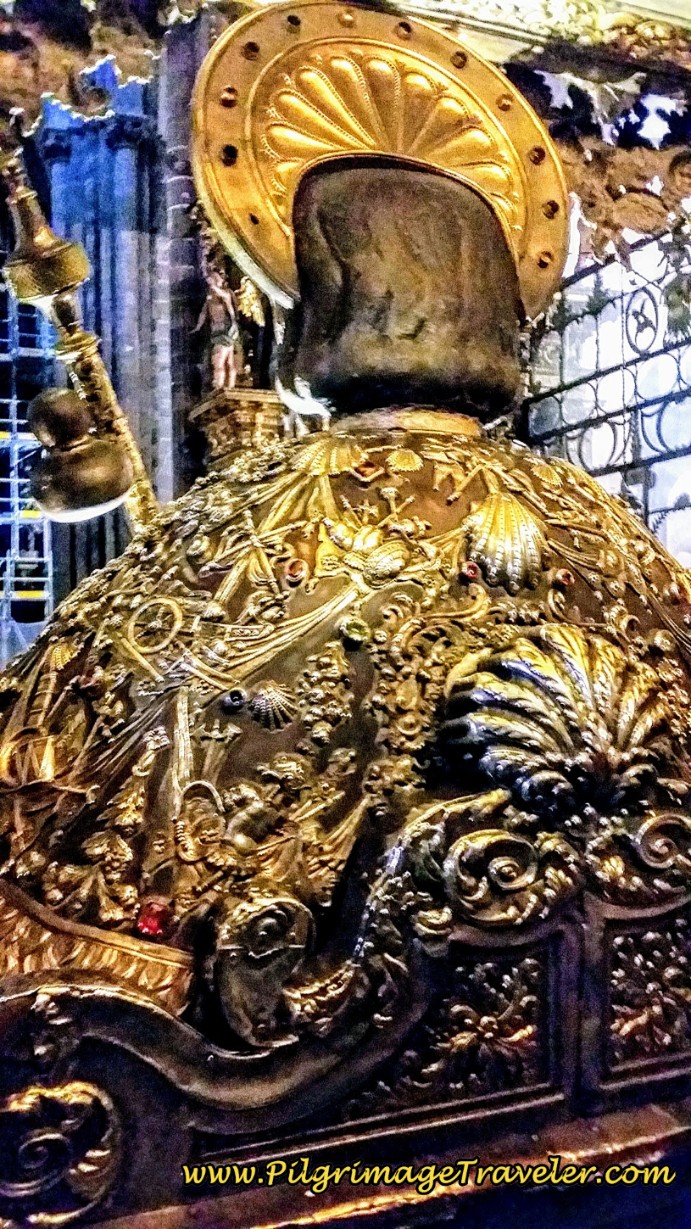
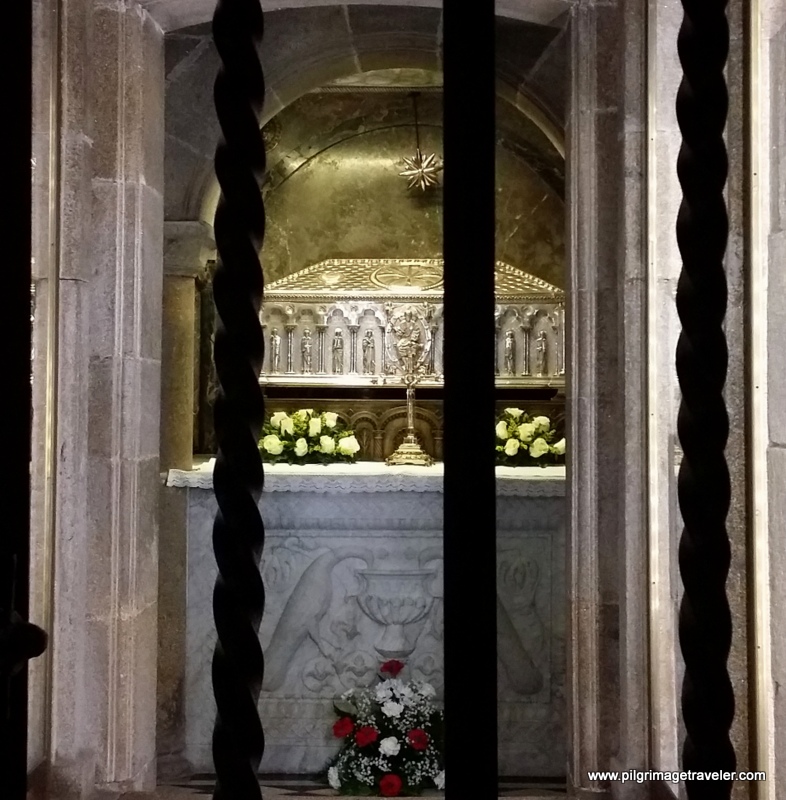
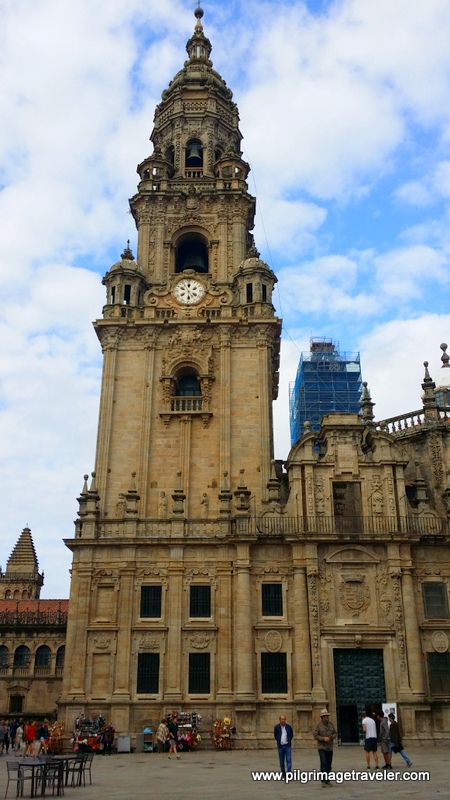
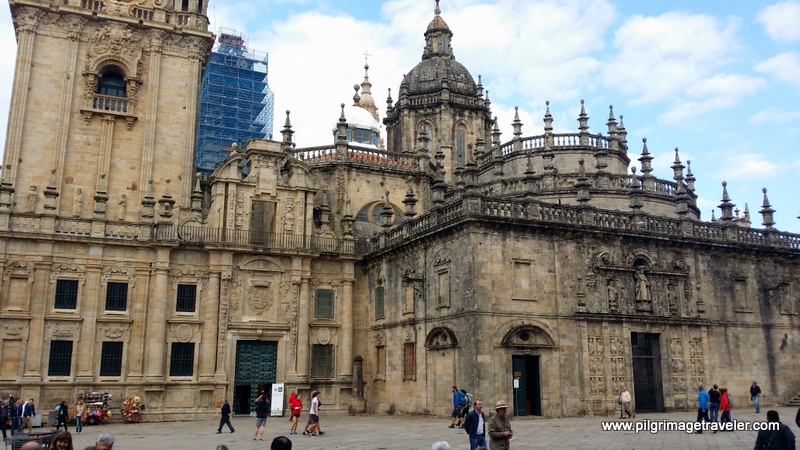
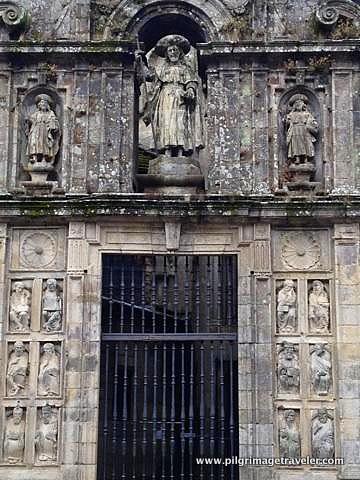
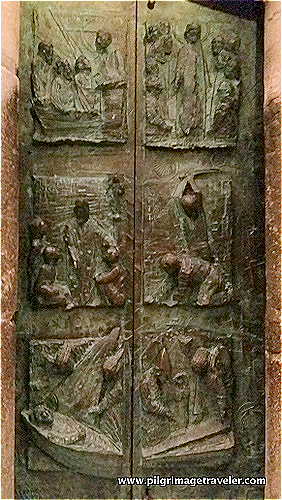
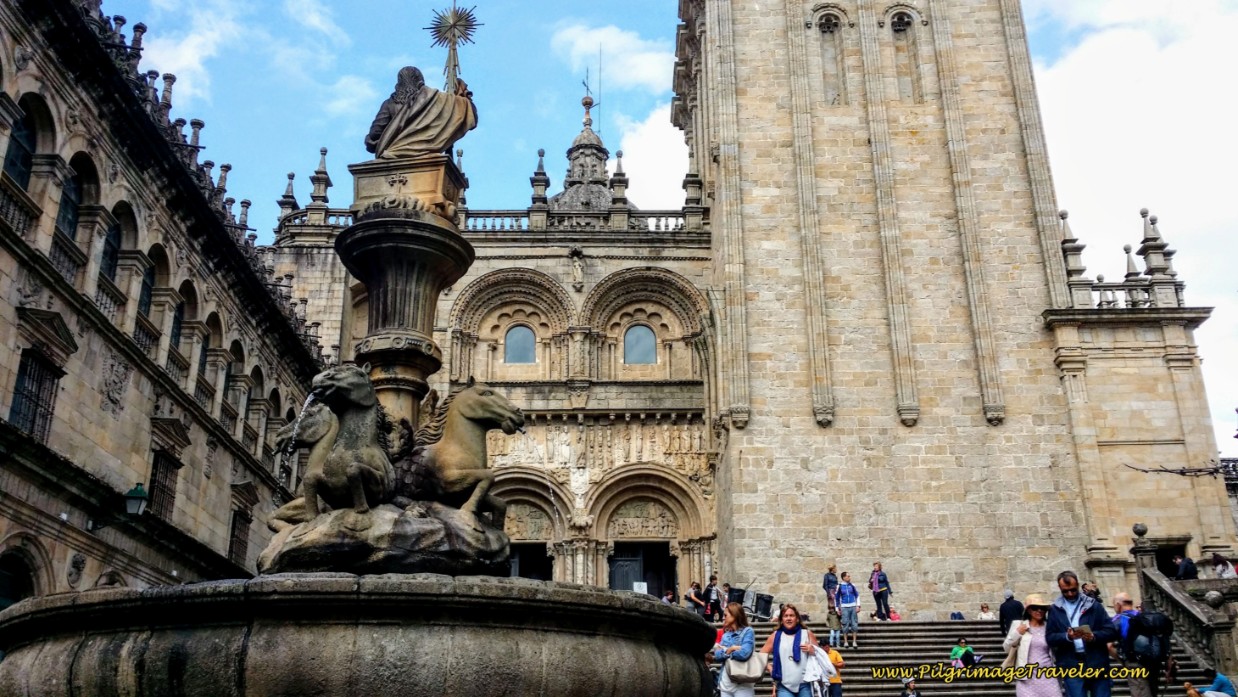
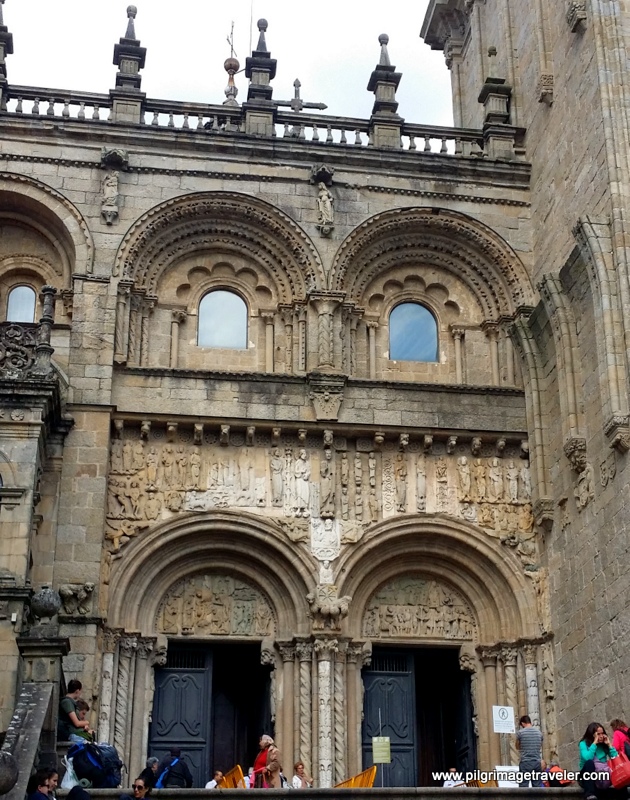
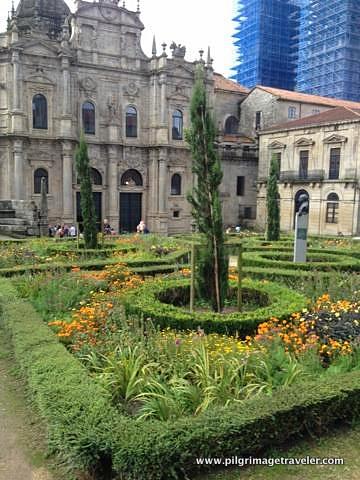
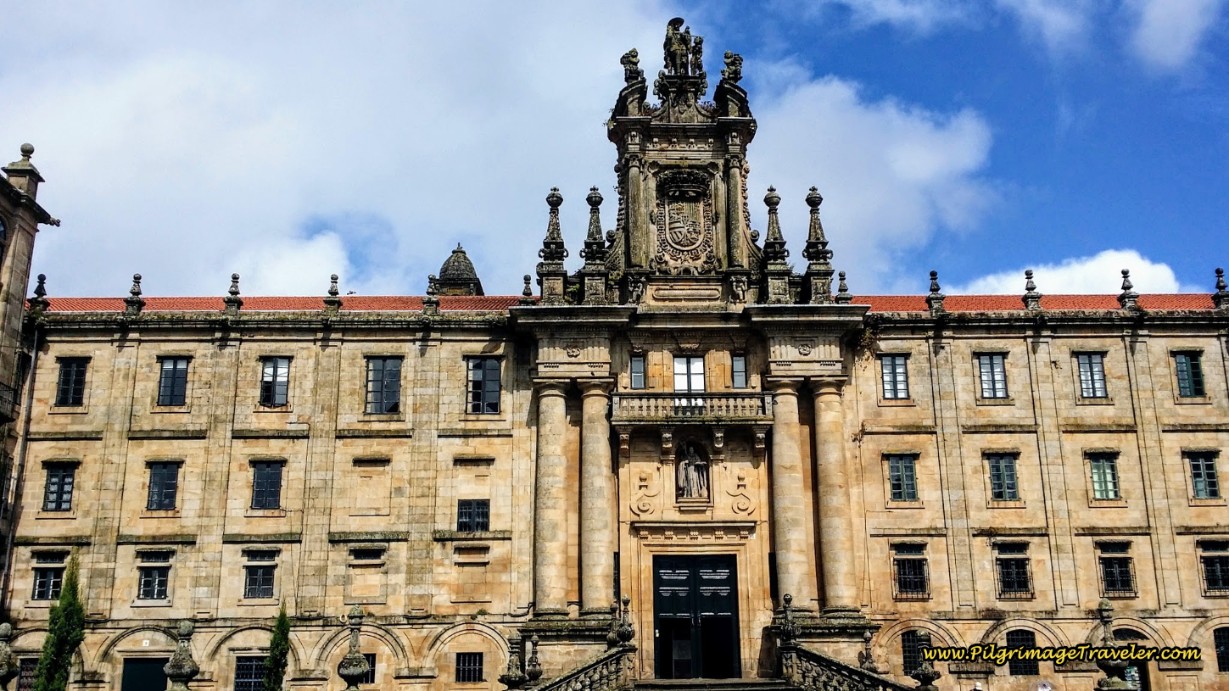
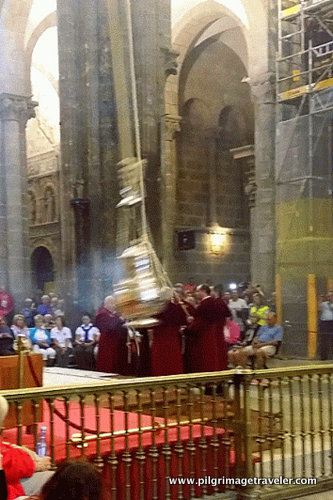
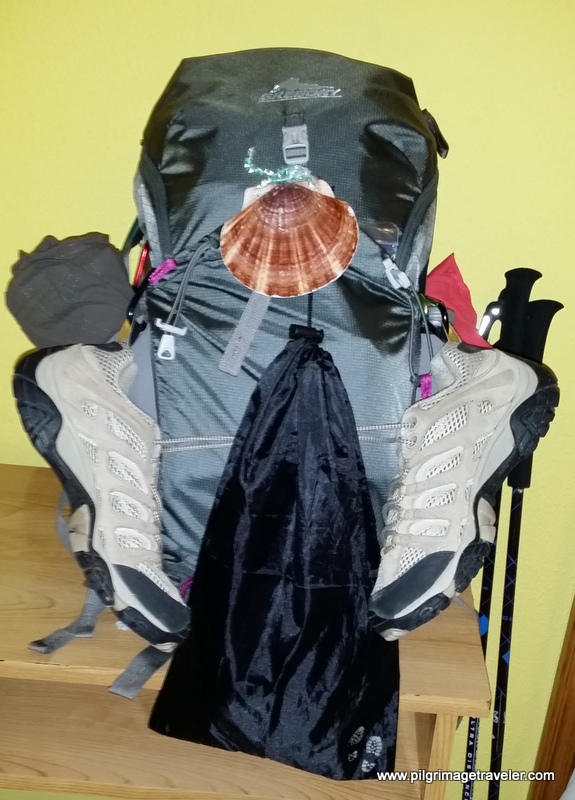
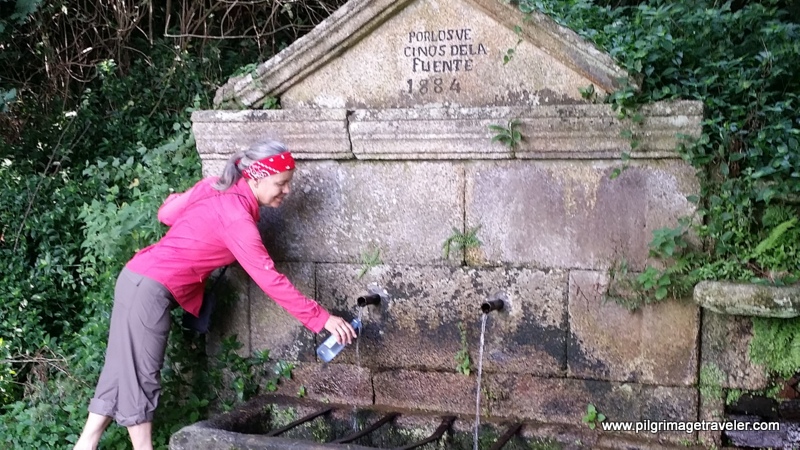
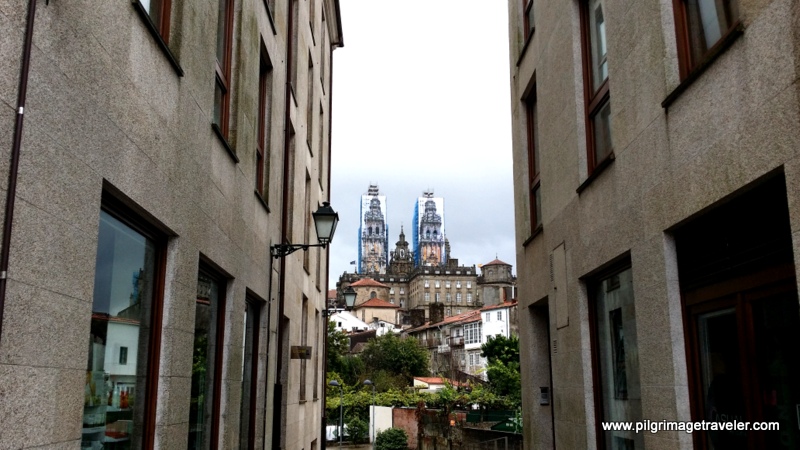
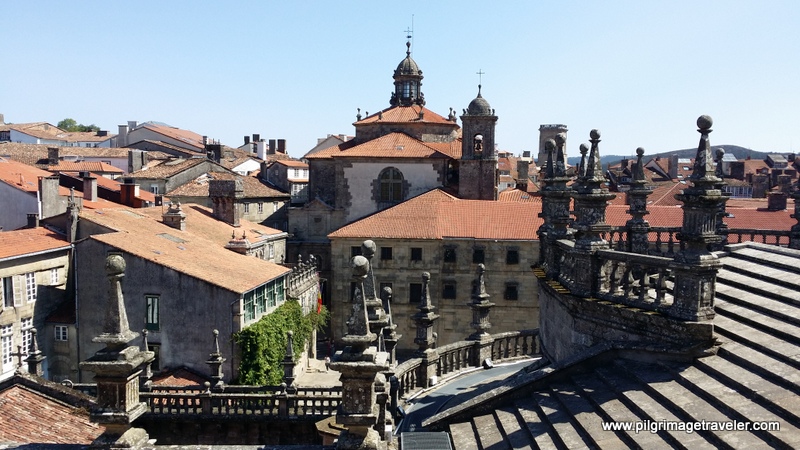
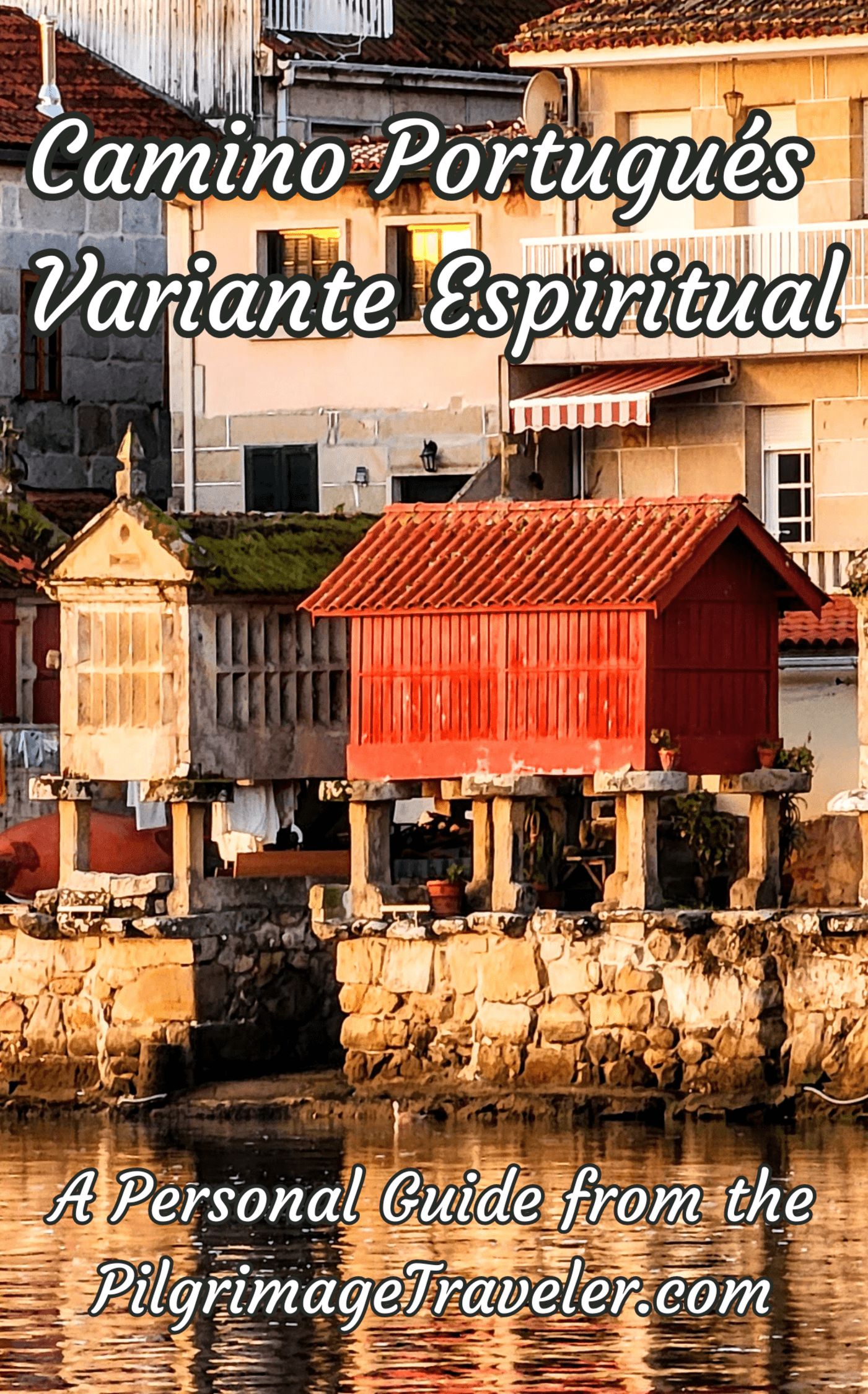
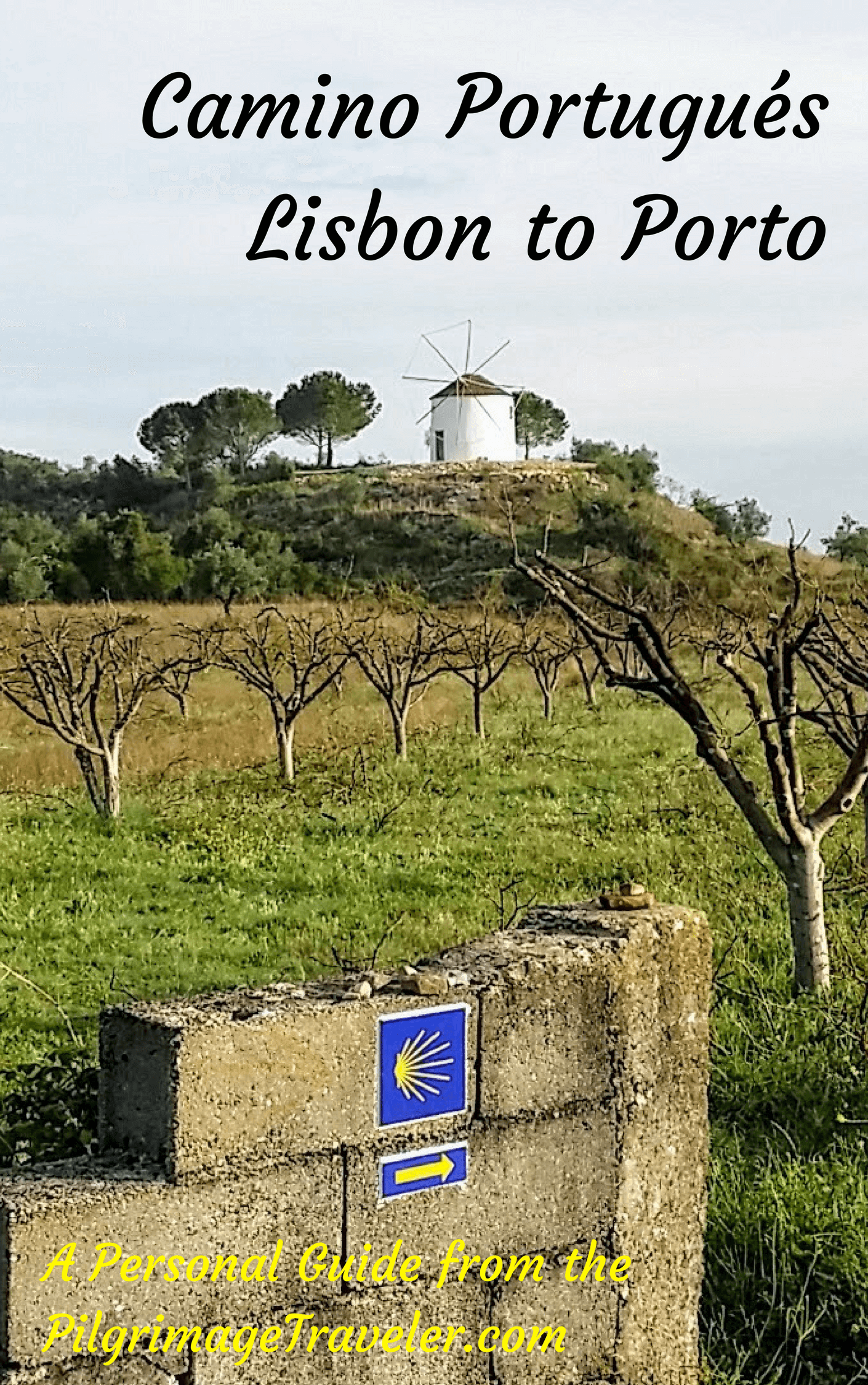

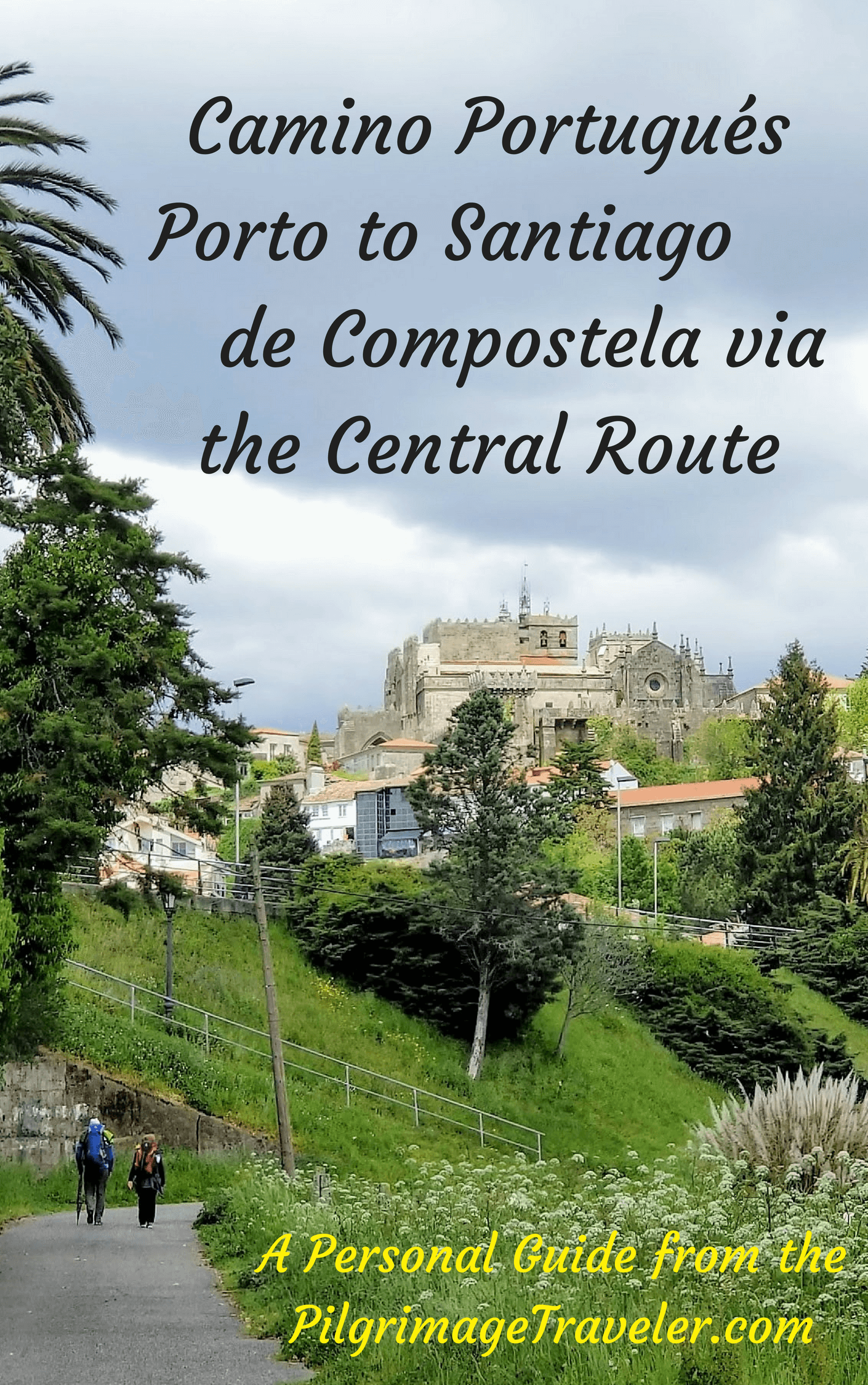
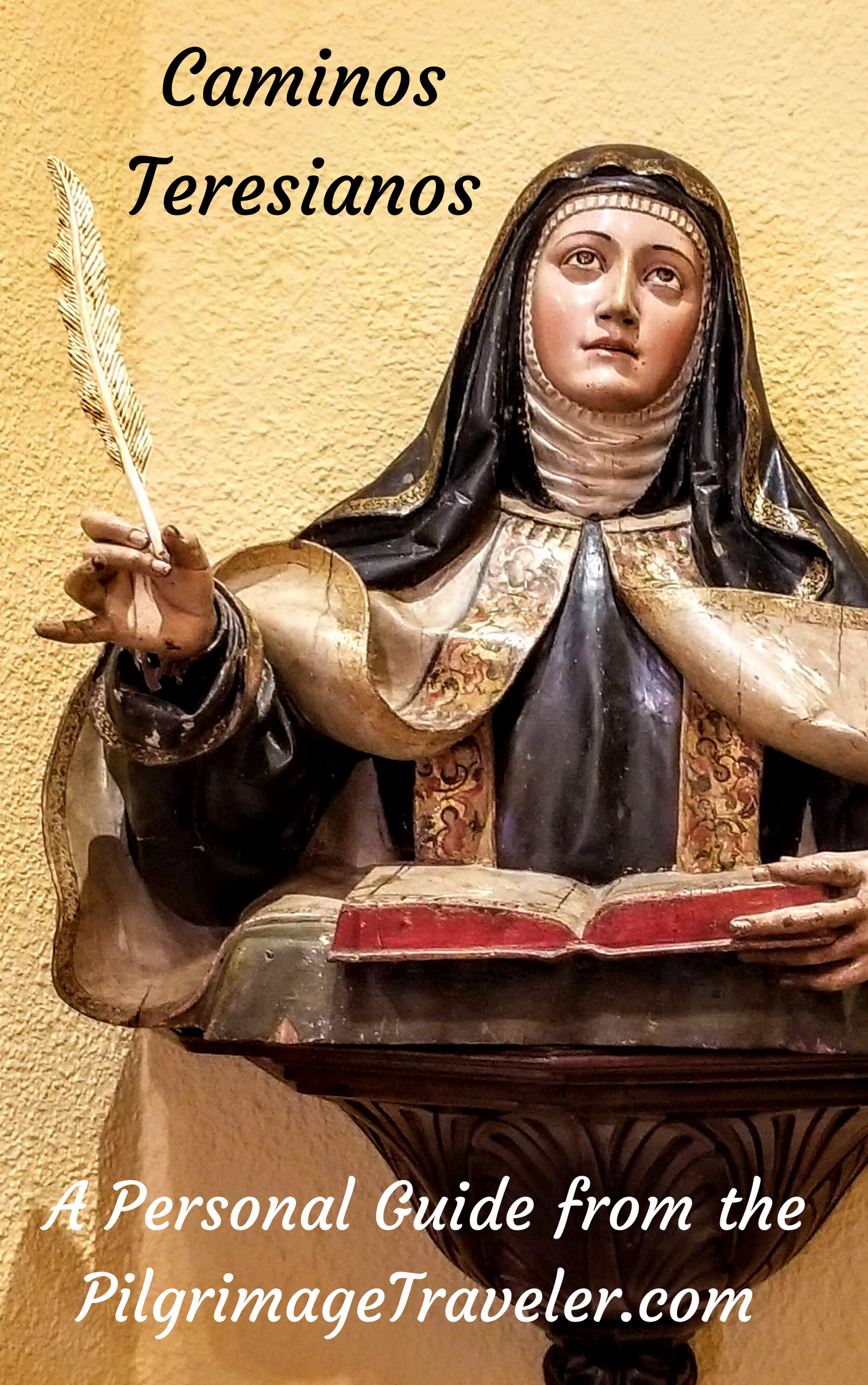
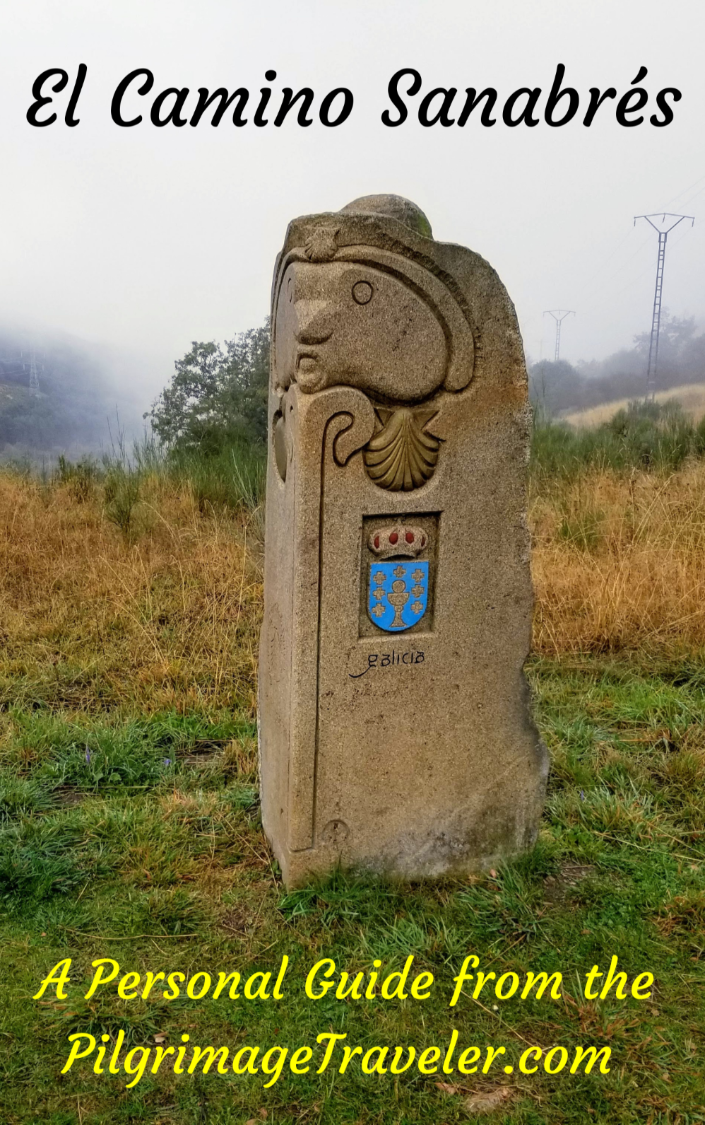

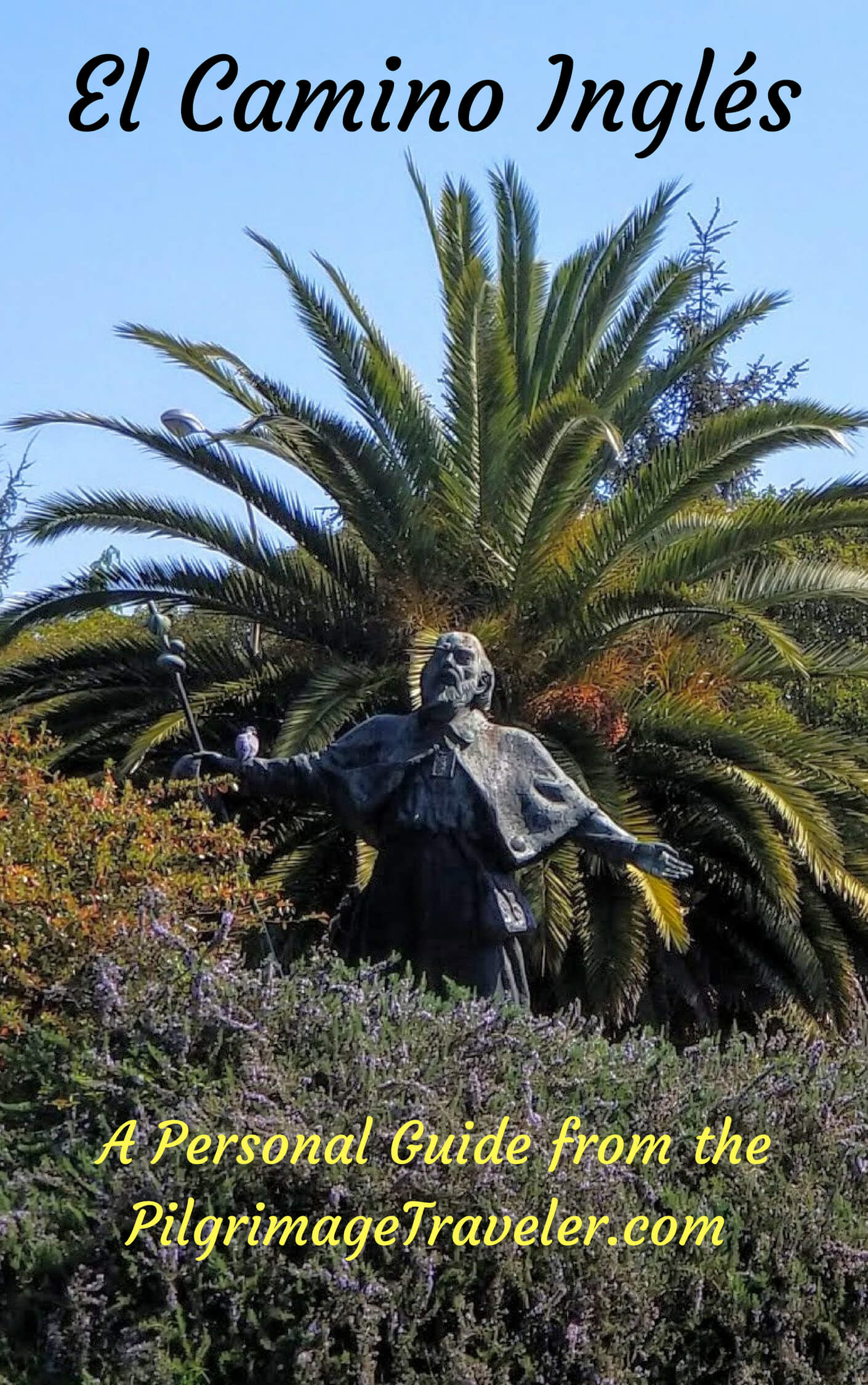
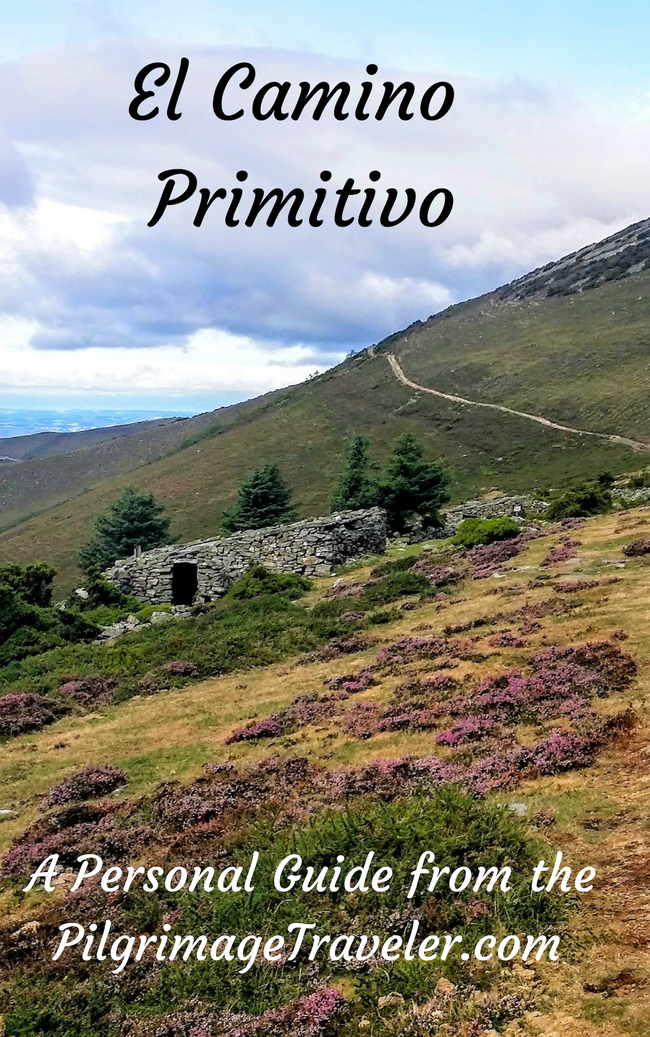
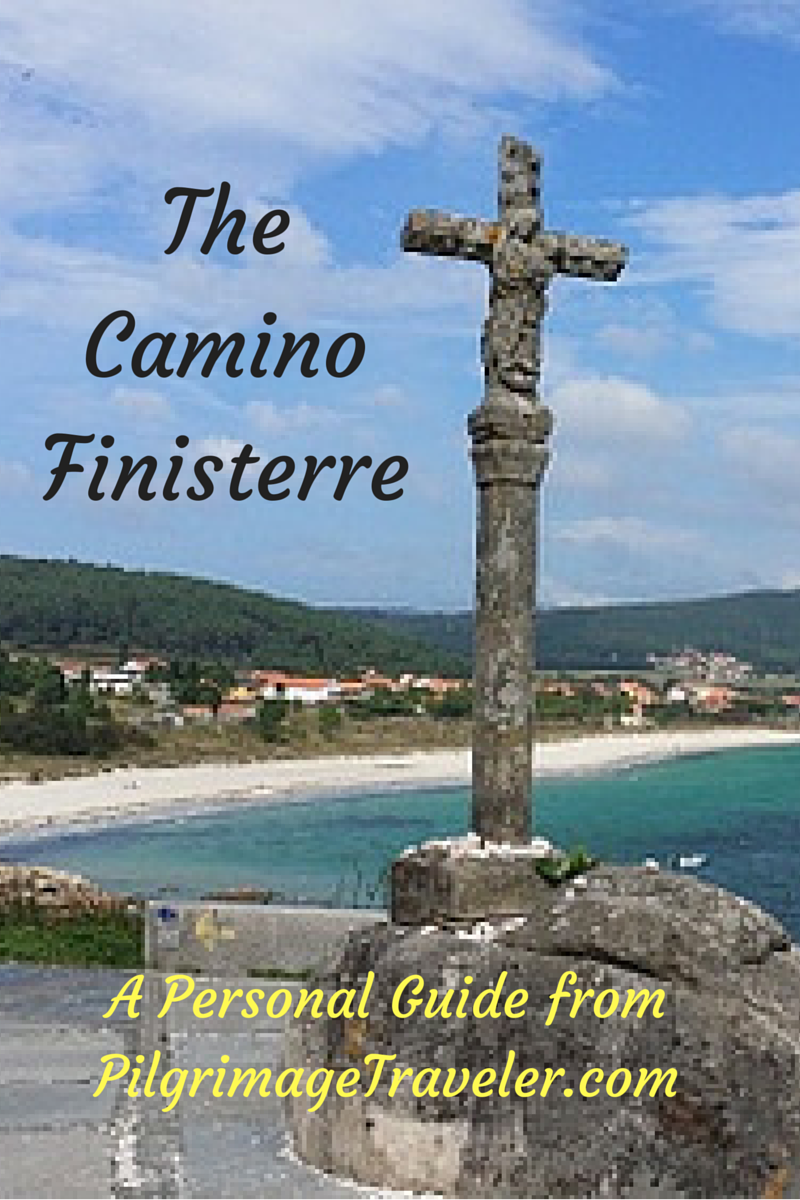
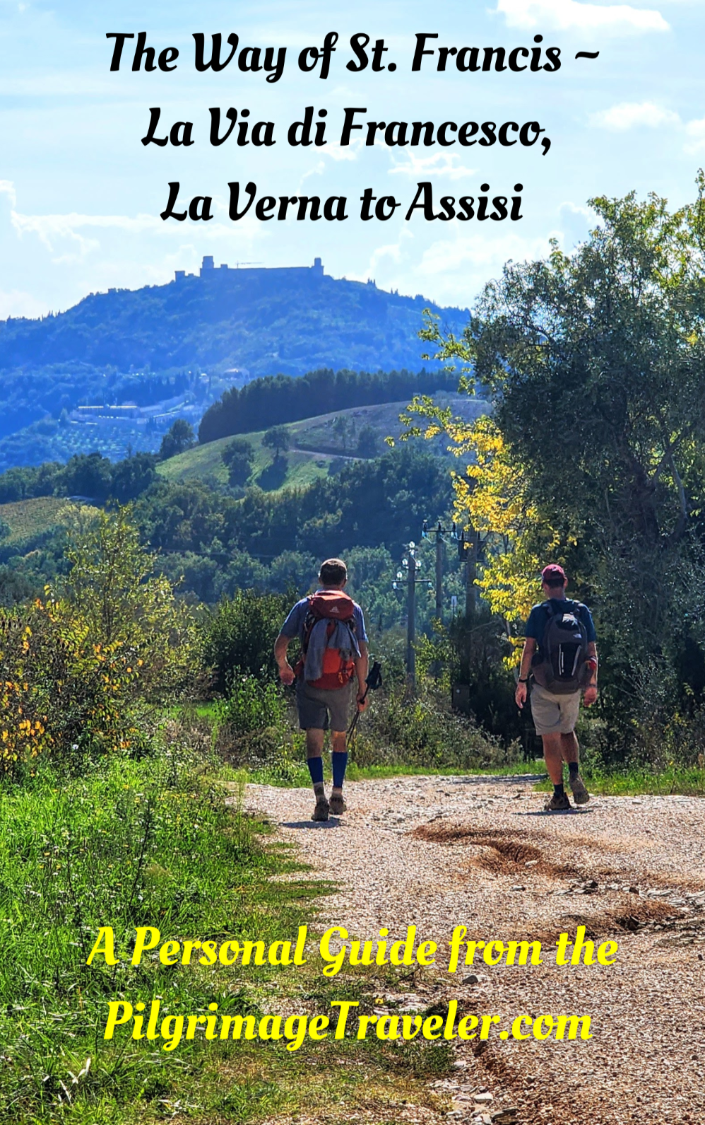









Your Opinion Matters! Comments
Have you had a similar experience, have some advice to give, or have something else you'd like to share? We would love to hear from you! Please leave us a comment in the box below.